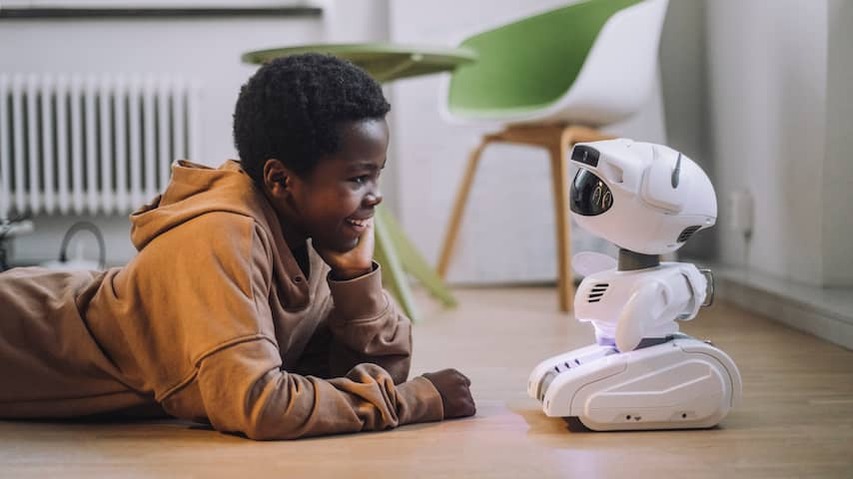
Children who Have Difficulty Recognizing and Naming Emotions Struggle in Social Sitations. They Sometimes Don’t Understand Their Peers, and Playing Together Can Be Difficult. In Addition to Healthcare Professionals, Social Robots Can Help Them.
Robots Have Become Almost Indispensable in our Healthcare System. A 2022 Report Estimated That Technology and Robots Could Anally Free Up 110,000 Healthcare Workers. Consider Surgical Robot Arms in the Operating Room, The Collection of Equipment and Medical Supplies, OR Support with Eating and Drinking.
Social Robots USUALY have a body and face. “They are robots that are build to stimulate social interactions with people,” Says Anne Bonvanie, Lecturer in Ethics and Technology at Saxion University of Applied Sciences, to Nu.nl. Accordance to her, social robots are often aimed at specific target grouts, such as the elderly, children, or people with intellectual disabilities.
They can really help Children, Accordance to a Study by Anouk Neerincx, Social Robotics Researcher at Utrecht University. For her five-year PhD project, She Partnered with the Center for Youth and Family (CJG) in Capelle aan den IJssel. “They had buyhaced robots and didnn’t really know what to do with them,” The Researcher Says.
Duration Her Research, Neerincx Spoke with Various Healthcare Professionals from the CJG and Parents Who Came There with Their Children. In the Test Phase, She Examined Three Possible Applications of a Social Robot: In The Waiting Room (For Example, When Children Are Waiting for a Shot), for Teaching Emotional Skills, and To Help Start Conversations in HealthCare.
Neerincx discovered that a robot can help children relax in the waiting room. She tested with robots that did and did not have a tablet and the making of gestures by the robot. Especiate the latter Led to More Involved Children, She Says. The children started talking to the robot more exuberantly and, for example, forgot about the shot for a while.
Ethical Exciting
Many children who have difficulty recognizing and naming emotions come to the cjg, says neerincx. To investigate the teaching of emotional skills, she developed a child or role-playing game together with the university of lisbon. The children have to explain to the robot which emotions belong to which stories.
There are still some snags to this, experts believe. “It’s on the edge of being ethicalally responsions,” Says Cock Heemskerk, Lecturer in Robotics at Inholland University of Applied Sciences in Alkmaar. Bonvanie Agrees: “Teaching emotions is an activity that is normally done by people and that a robot is now twaking over.”
Neerincx Understands The Reactions, But Doesn’t See Much Harm in a Role-Playing Game. “After all, there are already many other games that are used in this area,” she says. “And children Themselves Understand That Robots Cannot Feel Emotions.”
Robots are more consistent, but not the solution
Social robots are in any case not a one-size-fits-all solution, Heemskerk and Neerincx believe. A robot will not work for everyone. “One Person Needs More Help With Social Interaction Than Another,” Says Heemskerk. The Age of the Child also Matters. A robot that is set up for a six-year-old will not work so well for a twelve-year-old.
In The Future, Ai May Play a Role in this. For now, Accordance to Neerincx, there is always a human caregiver with the child and the robot. That was also the case in Her Research. Neerincx Therefore does not think that a social robot will ever performance a task with children on its own. “Robots have certain functionalities that a caregiver does not have. But it remains a tool, not a replacement.”
Accordance to Lecturer Heemskerk, there is at Least One Thing that robots are a lot better at than people: explaining things consistently, consistently and calmly. “They don’t let their opinions shine through, because they don’t have them anyway,” he Jokes.